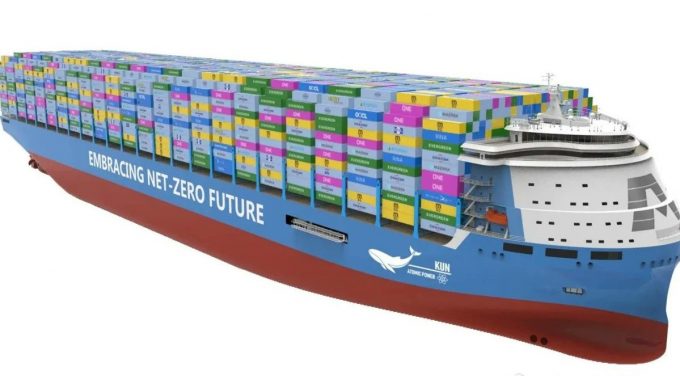Global shipping to shift as Europe and southeast Asia fill US gap in China trade
China is cultivating trade ties with Southeast Asia and Europe in the face of intensifying ...

Clearly, many are unhappy with China’s dominance in manufacturing, with firms investing elsewhere in the hope of diversifying from the industrial powerhouse. This behaviour has been roundly criticised in recent Beijing talks.
If there is one thing shipping likes, it is economy ...

Comment on this article